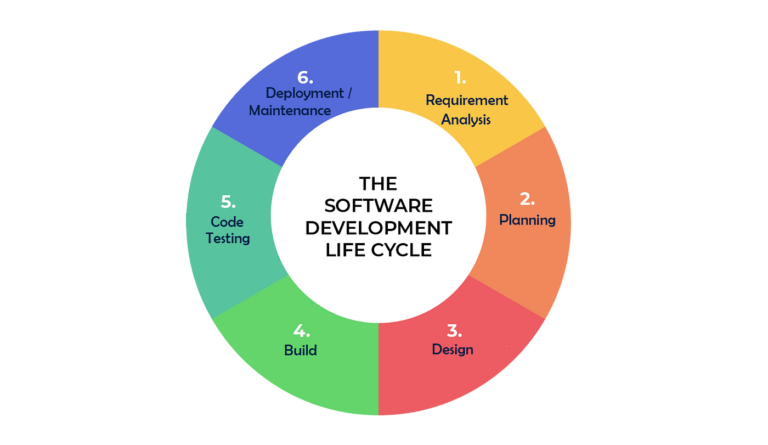
Software Development Life Cycle(SDLC)
Software development is a sophisticated dance in the rapidly evolving field of technology that requires precision, organization, and creativity. The Software Development Life Cycle (SDLC) functions as a compass in this fluid process, guiding software development phases from conception to deployment and beyond. As we examine the complexity of the SDLC, we’ll go over each stage, its significance, and recommended practices in this blog.
Structured Development
In essence, the SDLC offers a systematic and structured technique for developing software. It guarantees a well-defined progression by offering a direct route and breaking the procedure down into steps that are doable.
Risk Mitigation
The SDLC is a useful tool for managing risks. Developers can lessen the chance of project setbacks by anticipating potential roadblocks and taking proactive measures to address them.
Quality Assurance
One of the main advantages of the SDLC is its heavy emphasis on comprehensive testing. Testing techniques are included at every level to guarantee that the program is adequately tested before being made available to end users. This meticulous approach produces a finished product that is of superior quality.
Efficient Resource Management
The SDLC facilitates efficient resource management in two ways: through thorough planning and the assignment of responsibilities. This prevents needless delays and ensures that the project stays within the budget allotted.
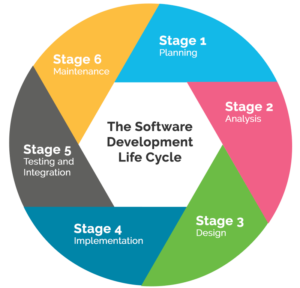
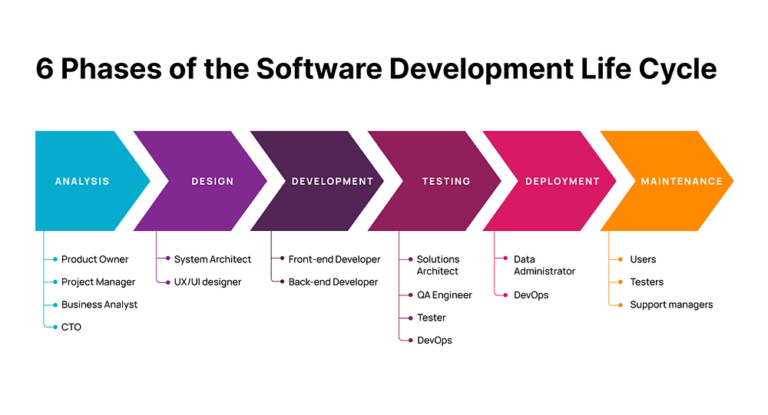

Planning
Much preparation in advance of the trip. This stage lays out the goals, parameters, timeline, and distribution of resources for the project. Creating a comprehensive project strategy creates the foundation for the whole process of development.
Analysis
The analysis process comprises a detailed review of the requirements for the program. To guarantee a thorough comprehension of the functionality that the program needs to provide, developers collaborate with stakeholders to gather information.
Design
After gaining knowledge from the analysis phase, developers move on to the design phase. The foundation of the software development process is a comprehensive design of the database, user interface, and architecture.
Implementation (Coding)
The design takes shape when developers start the implementation phase and create code according to the established standards. Following best practices and coding standards creates a solid basis for the product.
Testing
The SDLC requires extensive testing. Unit, integration, system, and user acceptability testing work together to ensure that the product functions as intended and to identify and correct any flaws.
Deployment
The last phase of development, deployment, involves releasing the application to end users. Training, documentation, and user assistance are crucial components of this phase that guarantee a seamless transition to the operational stage.
Maintenance and Support
After deployment, the program enters a phase of continuous support and maintenance. Updates, bug fixes, and upgrades ensure that software stays current with evolving needs and technological advancements.
Continuous Communication
Maintaining transparent and regular communication with stakeholders facilitates a shared understanding of the project’s requirements and goals.
Iterative Development
Using an iterative approach makes it easier to make changes and improvements as the project progresses.
Version Control
By guaranteeing the effective handling of source code alterations, version control systems promote collaboration and traceability.
Testing Automation
By using automated testing techniques, one may detect and address issues early on and enhance productivity.
Documentation
Comprehensive documentation, which provides a comprehensive reference for troubleshooting, knowledge transfer, and future expansion, is the cornerstone of the SDLC.
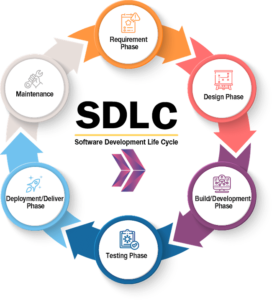
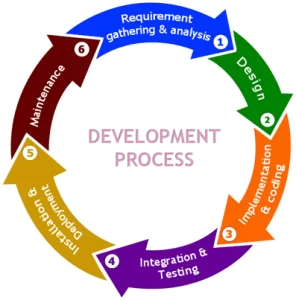
The Software Development Life Cycle is more than simply a framework; it is a road map that helps engineers navigate the challenging process of developing software. By using best practices and embracing the SDLC principles, development teams can confidently manage the complexity of their projects and produce software that not only meets but exceeds expectations. A guide for efficient software development in a creative setting is the Software Development Life Cycle (SDLC).
